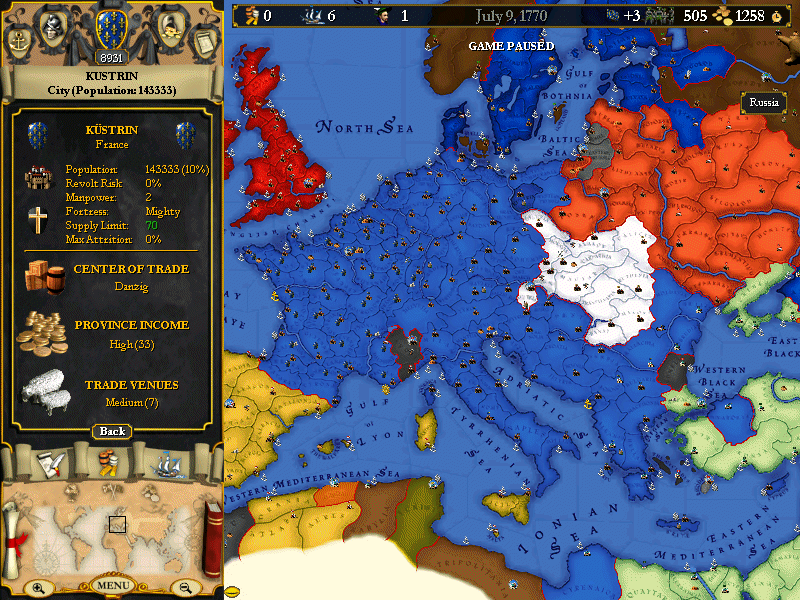

Accession to the EU saw an acceleration and broadening of a process of structural adjustment in a sector accounting for approximately 40% of GDP (IFO Schnelldienst, Auslandskojunktur: Österreich (7-8/96), March 1996). Gross domestic product (GDP) grew by approximately 2% in real terms, i.e. In the course of 1995, the first year of its membership of the EU, the overall economic situation in Austria deteriorated. There has thus been as de facto monetary union between Germany and Austria for some years. Indeed, in the past ten years the exchange rate between the two currencies has not diverged by more than 1/4% from its long-term average value of DM 14.21/ÖS 100. Since 1981, the exchange rate between the Mark and the Schilling has barely fluctuated, remaining within a very narrow band throughout. This feature of the Austrian economy is reflected in the extremely close coupling between the Austrian Schilling and the Mark. Its economy is closely tied to the EU economic area and to the economies of Germany and Italy in particular (Fritz Breuss, Die WWU - Abschluß oder Ende der Europäischen Integration, WIFO Working Papers, April 1996). Independence of the Austrian National BankĪustria joined the European Union together with Sweden and Finland on 1 January 1995.Exchange rate stability within the European Exch ange Rate Mechanism.


Gross government debt as a percentage of gross domestic product.Government deficit as a percentage of gross dommestic product.Europarl: Briefing 16 - EMU and AUSTRIA Introduction


 0 kommentar(er)
0 kommentar(er)
